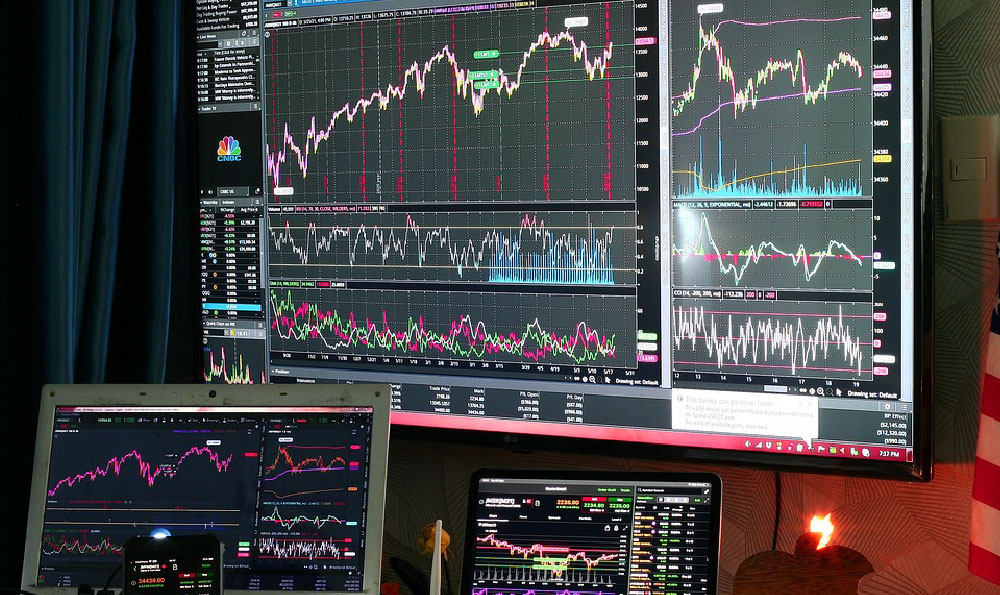The question of whether art can be a viable career path is multifaceted, demanding a nuanced understanding of both the intrinsic value of artistic creation and the pragmatic realities of the market. To definitively answer this question with a simple "yes" or "no" would be an oversimplification. For some, driven by an unyielding passion and blessed with talent, dedication, and strategic acumen, art offers a deeply fulfilling and financially rewarding career. For others, lacking perhaps one or more of these critical elements, the path may be fraught with challenges, requiring significant sacrifices and potentially leading to disillusionment. The viability of an art career hinges heavily on the individual artist's capabilities, their adaptability to the changing dynamics of the art world, and their willingness to explore diverse avenues for monetization.
One of the primary misconceptions surrounding art as a career is the romanticized notion of the starving artist, a narrative that, while possessing a certain historical resonance, often obscures the potential for financial success within the art world. While it's true that breaking into the upper echelons of the art market can be exceptionally difficult, requiring years of dedicated practice and exposure, numerous avenues exist for artists to generate income and sustain themselves through their creative endeavors. The key lies in diversifying income streams and understanding the multifaceted nature of the contemporary art market.
Direct sales of artwork remain a cornerstone of many artists' income. This can occur through various channels, including art galleries, art fairs, online platforms, and direct commissions. Securing representation with a reputable gallery can significantly enhance an artist's visibility and credibility, providing access to a wider network of collectors and potential buyers. However, relying solely on gallery representation can be limiting, particularly in the early stages of an artist's career. Art fairs, both large-scale international events and smaller local gatherings, offer opportunities to connect directly with collectors, showcase work, and generate sales. Online platforms, such as Etsy, Saatchi Art, and specialized art marketplaces, provide artists with a direct-to-consumer channel, allowing them to reach a global audience without the intermediation of galleries. Commissions, where artists are hired to create specific artworks for clients, can provide a stable source of income and allow for customized projects.

Beyond direct sales, artists can explore a range of alternative revenue streams that leverage their creative skills and knowledge. Teaching art classes, workshops, and private lessons can provide a reliable income stream while simultaneously fostering a connection with the community and nurturing the next generation of artists. These teaching opportunities can be found in schools, community centers, museums, and online platforms.
Another avenue for income generation lies in licensing artwork for commercial use. This involves granting companies or individuals the right to reproduce and use an artist's work in various contexts, such as merchandise, advertising, or editorial publications. Licensing agreements can provide artists with passive income streams, allowing them to earn royalties based on the use of their artwork.
Furthermore, artists can explore opportunities in fields that utilize their artistic skills in different capacities. Graphic design, illustration, animation, and web design are all fields where artistic talent is highly valued. Working as a freelance designer or illustrator can provide a steady income while allowing artists to maintain their creative freedom and develop their artistic style.
The rise of digital art and NFTs (Non-Fungible Tokens) has opened up new possibilities for artists to monetize their work. Digital art can be sold online through various platforms, reaching a global audience. NFTs allow artists to tokenize their digital artworks, creating unique and verifiable digital assets that can be bought, sold, and traded on blockchain-based marketplaces. While the NFT market is still relatively new and volatile, it offers artists the potential to connect directly with collectors and bypass traditional gatekeepers in the art world.
However, navigating the art world successfully requires more than just artistic talent. Artists must also possess strong business acumen, marketing skills, and the ability to manage their finances effectively. Developing a professional website and social media presence is crucial for promoting one's work and connecting with potential clients and collectors. Networking with other artists, curators, and art professionals is essential for building relationships and expanding one's professional network.
Moreover, financial planning is crucial for artists, as income can be unpredictable and irregular. Setting aside a portion of earnings for taxes, investing wisely, and managing expenses carefully are essential for long-term financial stability. Seeking advice from a financial advisor who understands the unique challenges faced by artists can be invaluable.
In conclusion, while the path to a successful art career may be challenging, it is certainly viable for those with talent, dedication, and a strategic approach to income generation. By diversifying revenue streams, developing strong business skills, and embracing new technologies, artists can create fulfilling and financially rewarding careers that allow them to pursue their passion and share their creative vision with the world. The key is to approach art as a business, recognizing that artistic talent alone is not sufficient for success. A combination of creativity, entrepreneurial spirit, and financial prudence is essential for navigating the complexities of the art world and achieving long-term viability as an artist.












